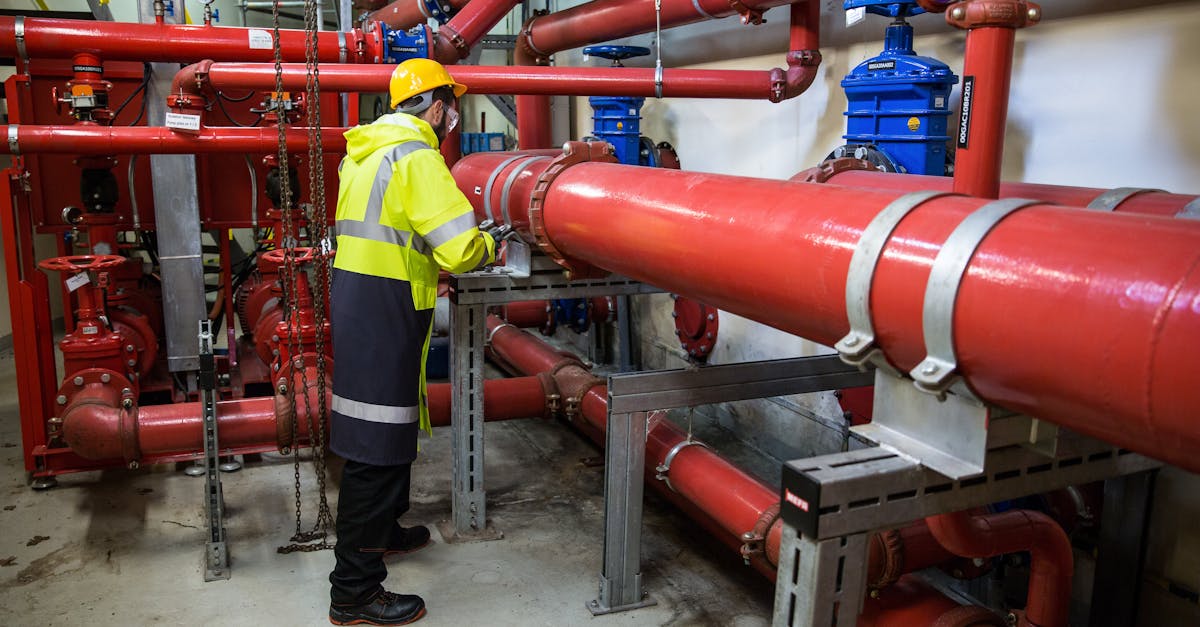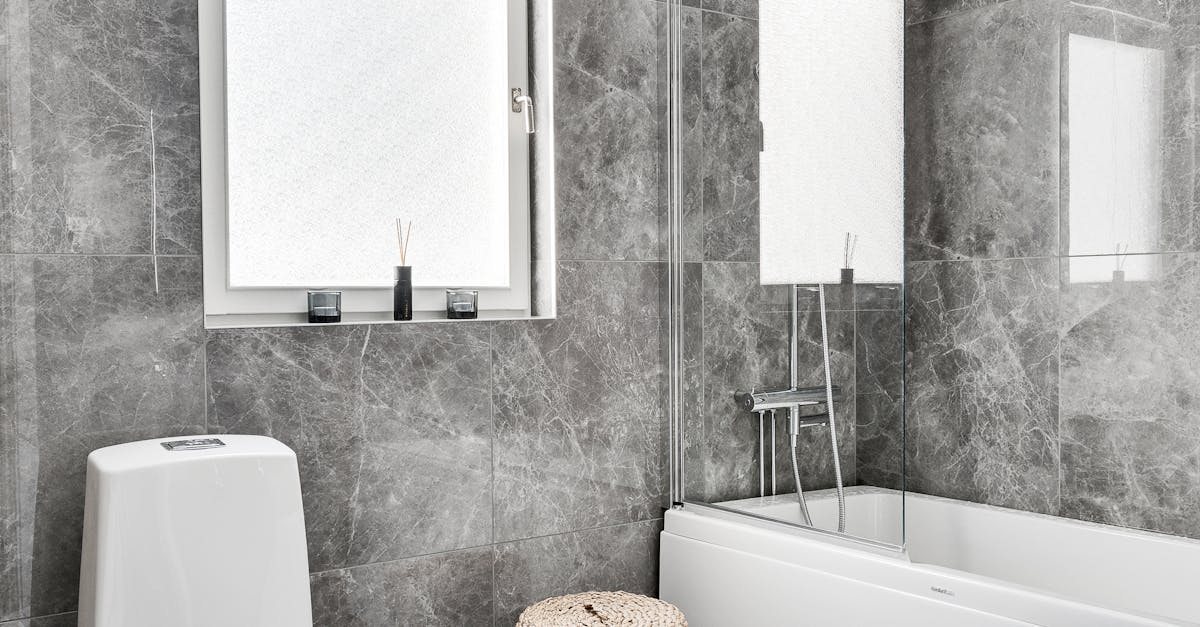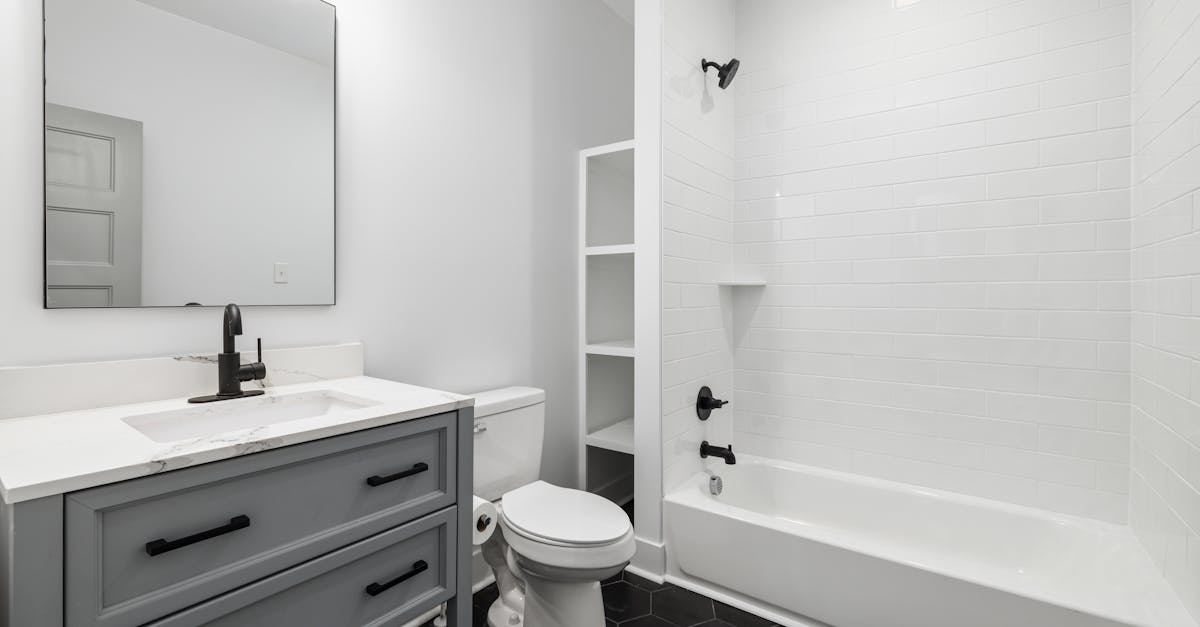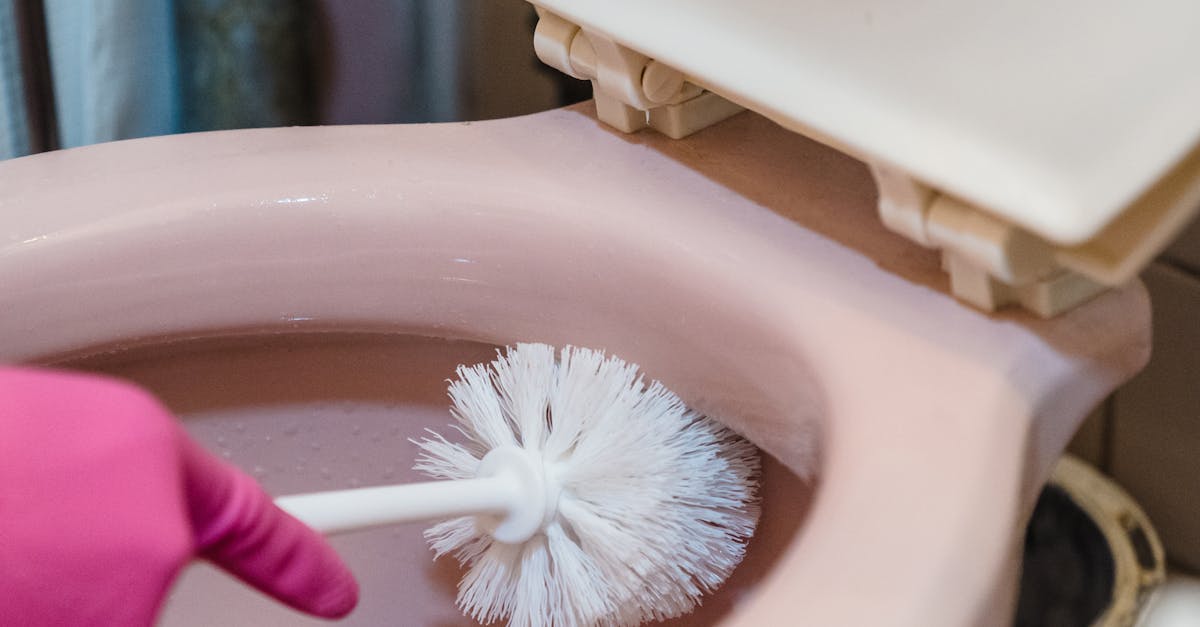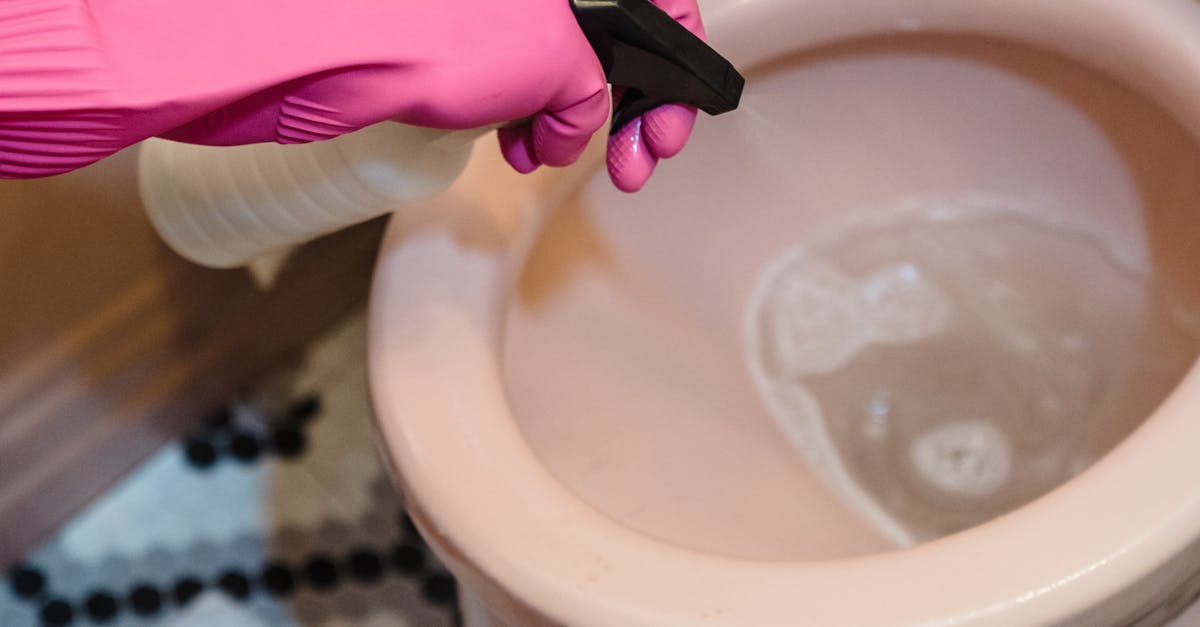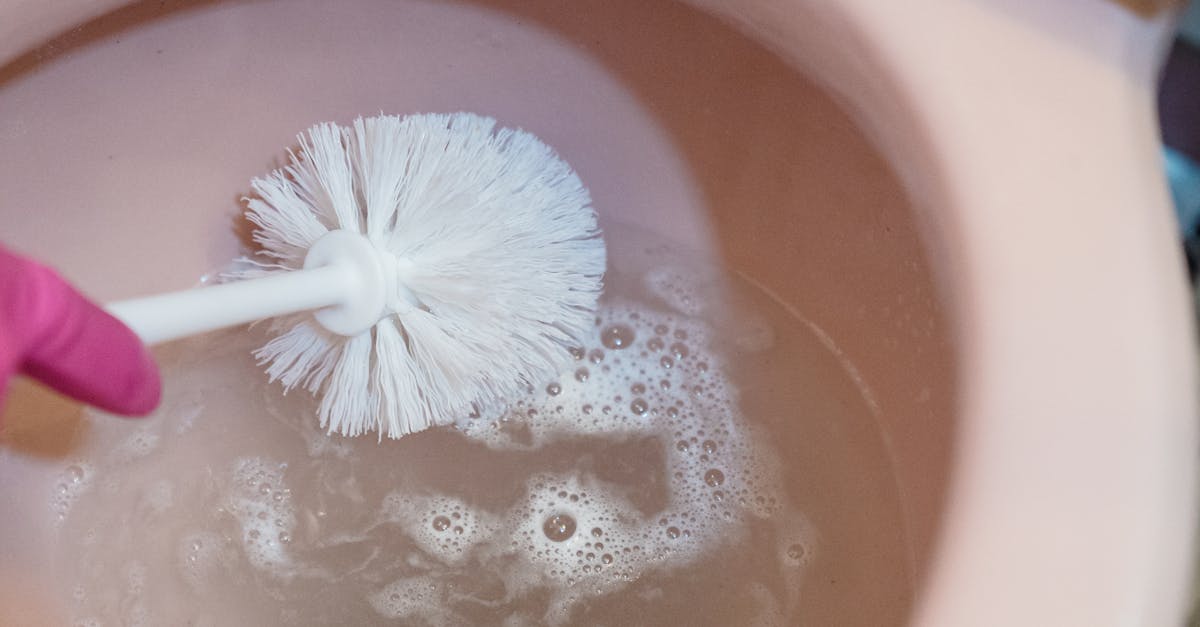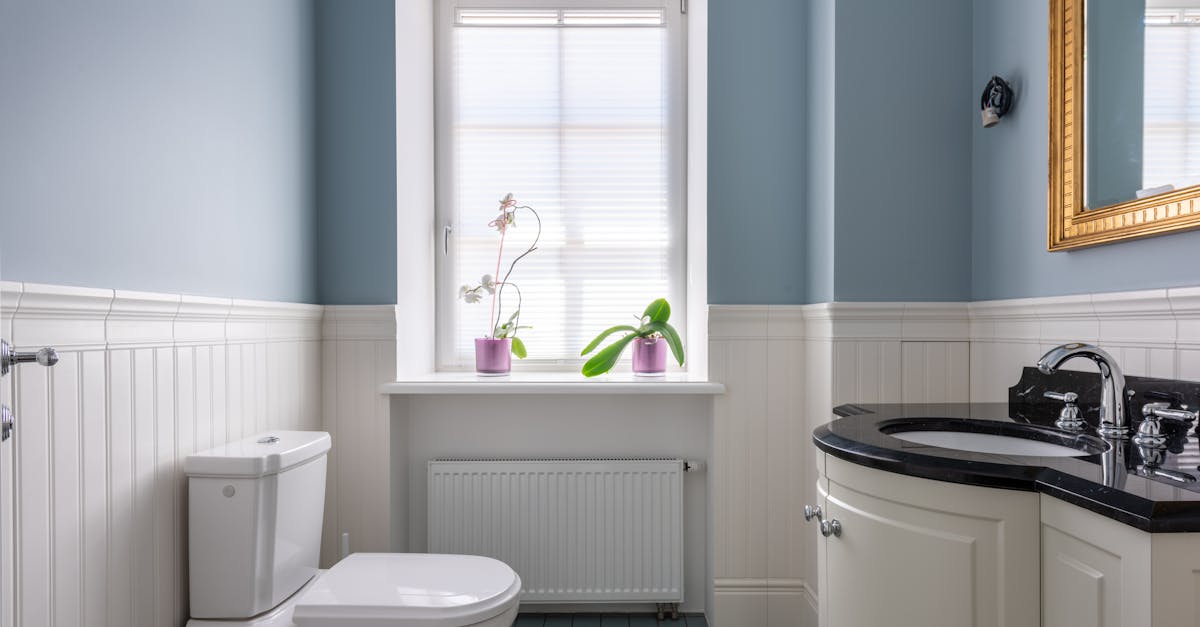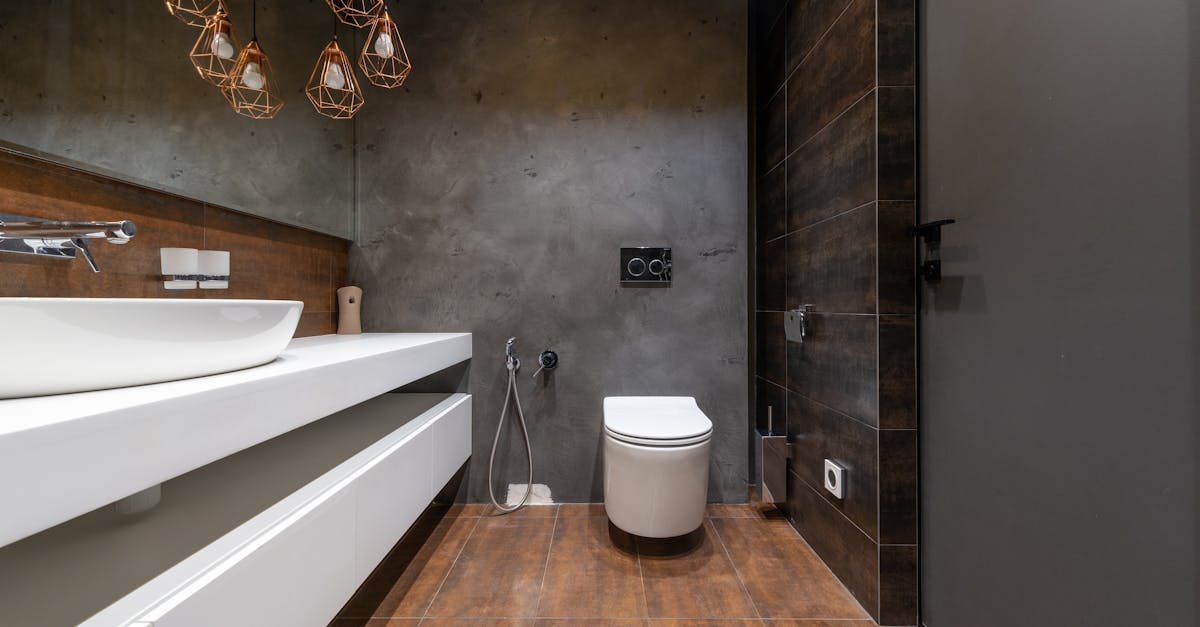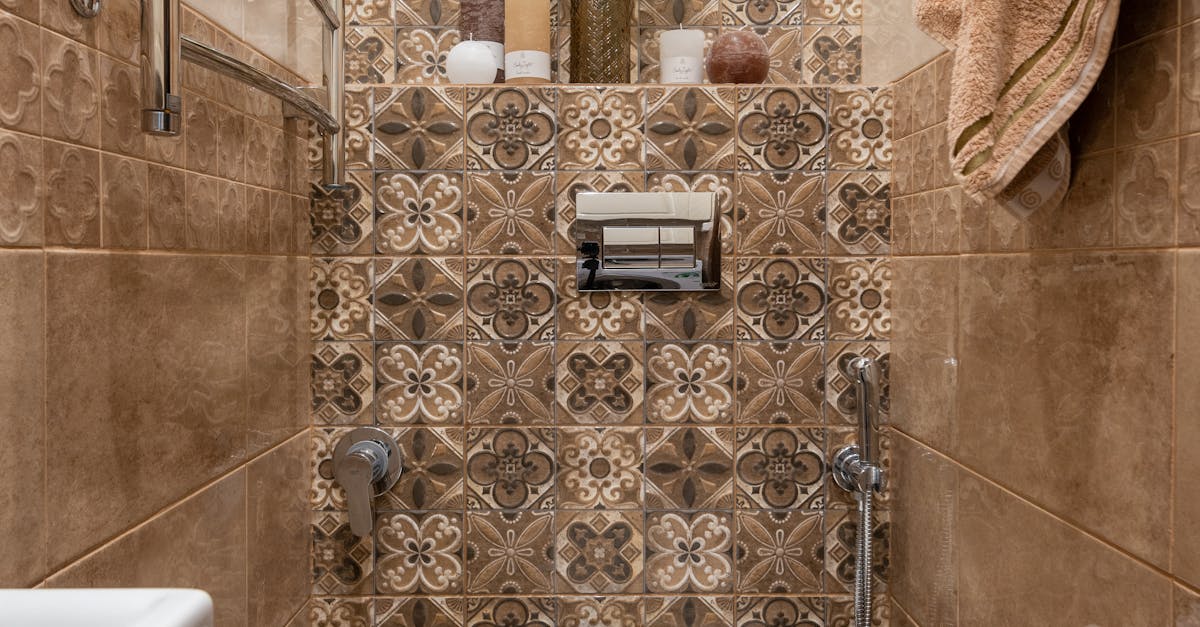
Table Of Contents
Assessing the Flapper
The flapper is a crucial component in the toilet’s flushing mechanism. When assessing the flapper, first check for signs of wear or degradation. A worn flapper may not seal properly, leading to water leaking from the tank into the bowl. This can cause constant refilling of the tank or a running toilet, which can be annoying and wasteful. In many cases, replacing a faulty flapper is a straightforward task for those who are comfortable with basic toilet repairs.
Another important aspect to examine is the alignment and fit of the flapper over the flush valve opening. If the flapper is misaligned, it may not create a proper seal, allowing water to escape. Ensuring that the chain connecting the flapper to the handle is not too tight or too loose can also help maintain proper function. Regular evaluation of the flapper and its components can prevent more significant issues down the line, making it an essential step in toilet repairs.
Diagnosing Age and Wear
Flappers have a limited lifespan, typically ranging from three to five years, depending on usage and water quality. Inspecting the flapper for signs of wear is essential in diagnosing whether it is contributing to any toilet issues. Look for cracks, warping, or mineral build-up that could interfere with sealing the flush valve. A faulty flapper can lead to water leaks, resulting in increased water bills and inefficient toilet performance, necessitating toilet repairs.
In older toilets, flappers may not sit properly due to degradation over time. It is crucial to compare the current flapper with a new one to determine if it still performs adequately. If the flapper feels soft or pliable rather than firm, it is likely that the material has deteriorated. Regularly assessing the condition of the flapper can help identify when toilet repairs are needed, potentially preventing more significant issues further down the line.
Examining the Handle Mechanism
The handle mechanism of a toilet plays a crucial role in the flushing process. When assessing it, check for any signs of resistance or stickiness. A handle that feels stiff or does not return to its original position may indicate a problem that needs addressing. Ensuring smooth operation is essential for effective toilet repairs, as a malfunctioning handle can lead to incomplete flushes or constant running.
To evaluate the handle mechanism thoroughly, inspect the connecting components such as the lever and linkage. Corrosion or debris accumulation can hinder their movement. Tightening any loose screws and cleaning any grime can help restore functionality. Maintaining this part of the system is vital for efficient toilet repairs and prevents further complications down the line.
Evaluating Resistance and Stickiness
When evaluating the resistance and stickiness of the toilet handle mechanism, it is essential to check how smoothly the handle operates. A handle that feels stiff or unresponsive may indicate a buildup of grime or misalignment in the internal components. Cleaning the area around the handle with a suitable cleaner can help remove any dirt, while loosening any screws may restore proper movement. Regular maintenance in this area can prevent the need for extensive toilet repairs.
After addressing any visible grime, assess the handle for any signs of rust or corrosion that could hinder its function. A sticky handle may also mean that the internal components, such as the lever arm or linkage, need attention. Lubrication of these parts, using a silicone-based product, can greatly enhance performance. Ensuring these components are in good condition will significantly reduce the likelihood of requiring more serious toilet repairs in the future.
Investigating the Flush Chain
Inspecting the flush chain is essential in diagnosing malfunctioning toilets. A chain that is too long can get tangled or caught, preventing the flapper from sealing properly and leading to persistent running water. Conversely, if the chain is too short, it may not lift the flapper completely during a flush. In either case, toilet repairs may be necessary to adjust the chain's length or position for optimal performance.
Pay attention to how the chain sits in the tank. It should have a slight amount of slack to allow for smooth operation. If the chain appears frayed or damaged, replacing it can resolve flushing issues. Regular maintenance of the flush chain contributes to the overall efficiency of the toilet and minimizes the need for future toilet repairs.
Understanding Chain Length and Position
The chain connecting the flush handle to the flapper plays a crucial role in the flushing mechanism of a toilet. Proper chain length ensures that the flapper opens fully when the handle is activated, allowing for an effective flush. If the chain is too short, it may not lift the flapper adequately, leading to weak flushes or incomplete emptying. On the other hand, if the chain is too long, it could get caught or tangled, causing the flapper to stick in an open position, resulting in continual water flow and unnecessary waste.
Positioning the chain correctly is just as important as its length. Ideally, the chain should hang straight without kinks or twists, allowing for smooth operation during each flush. When assessing this aspect, it is vital to check that the chain does not interfere with the movement of the flapper or the tank components. Any misalignment can affect performance and lead to ongoing issues requiring toilet repairs. Regular checks can help avoid more significant problems and ensure the toilet functions efficiently.
FAQS
How can I tell if the flapper is the source of the toilet issue?
You can check the flapper by lifting the tank lid and observing if it seals properly when the toilet is not in use. If water continuously runs into the bowl or the flapper appears warped or damaged, it may need replacing.
What are some signs that my toilet handle mechanism might be failing?
Signs of a failing handle mechanism include a handle that feels loose, requires excessive force to flush, or gets stuck in the down position. If you notice any of these issues, further examination is necessary.
How do I know if the flush chain is properly adjusted?
The flush chain should have a slight slack when the flapper is closed. If it is too tight, the flapper may not seal properly; if it is too loose, the flapper may not lift completely. Adjust the chain length as needed to ensure proper function.
What should I do if my toilet continues to run after flushing?
A continuously running toilet may indicate issues with the flapper, chain, or handle mechanism. Start by inspecting these components for wear or misalignment. You may need to replace parts or adjust them for proper functionality.
Is it necessary to call a plumber for toilet issues, or can I diagnose them myself?
Many toilet issues can be diagnosed and fixed by homeowners using basic tools and troubleshooting techniques. However, if you are unsure or if the problem persists after your attempts, it’s advisable to consult a plumber for professional help.
